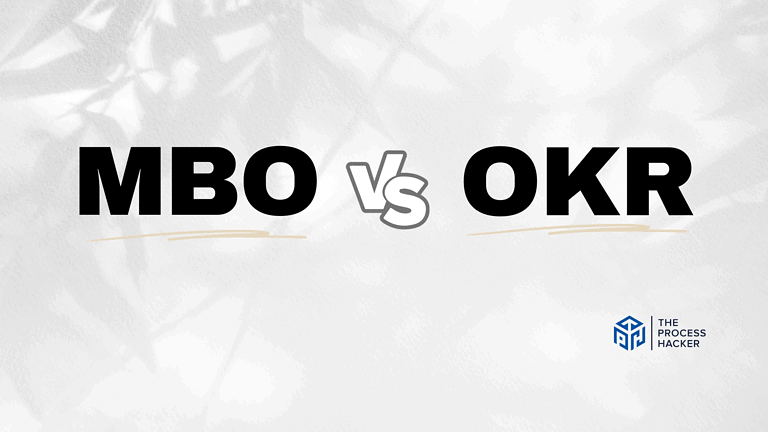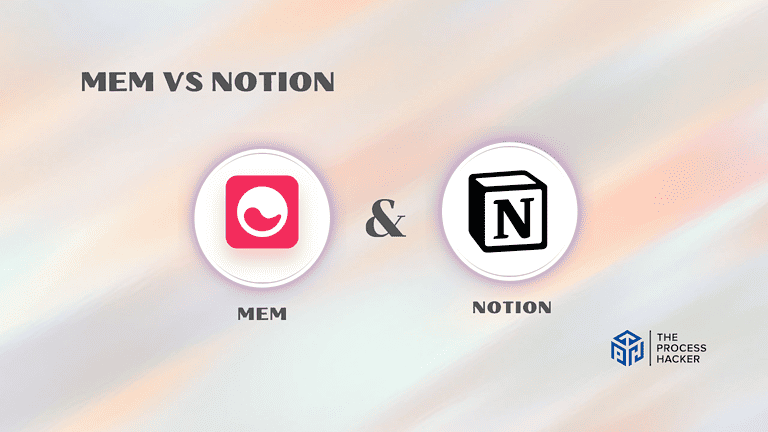What is a Business Integrator?
Do you feel like your business is a whirlwind of ideas, departments, and projects but lacks focus and a clear path forward?
That’s a classic sign that your business needs a guiding hand from the right person for the job. Imagine someone who can streamline everything and create a cohesive plan to make those brilliant visionaries’ ideas actually happen.
A Business Integrator is exactly that force. They make sure your various teams work together like a well-oiled machine, turning those scattered goals into real, tangible results.
Want to learn more about how a Business Integrator can transform your entrepreneurial operating system? Keep reading!
What is an Integrator in the Business Structure?
A business integrator, often called a Chief Operations Officer (COO), plays a pivotal role in ensuring that the various departments within a company work together seamlessly. As an integrator, you align the company’s operational activities with its strategic objectives.
This role involves overseeing day-to-day operations, improving internal processes, and ensuring that the team’s efforts are synchronized to achieve business goals efficiently and effectively.
Why is an Integrator Critical for your Leadership Team?
Having an integrator on your team is crucial because their leadership skills help you execute your company vision.
They are adept at translating strategic objectives into structured, manageable tasks that your leadership teams and departments can execute. This role is particularly essential in organizations where leaders are visionary but might not be as skilled in or want to do the day-to-day management or detail-oriented tasks.
An integrator allows creative thinkers and innovators in your team to focus on what they do best by taking on the responsibility of management and coordination. This balance ensures that your company dreams big and achieves these ambitions through meticulous planning and execution.
In essence, an integrator empowers you and your leadership team to deliver results, maintain focus, and align efforts across all levels of your organization.
What are the Major Functions of an Integrator?
As you look to understand how a fractional integrator can benefit your leadership team, it’s essential to grasp the key functions they perform so that you’re always on the same page. Here are the five major functions of the right integrator:
1. Create Strategy and Objectives
An integrator understands your company’s mission, vision, and core goals. They break down those overarching objectives into clear, actionable plans for each department and team.
How they execute it:
- Communicate the big picture: Ensure every team member understands how their work contributes to the company’s success.
- Set SMART goals or OKRs: Work with each department to establish Specific, Measurable, Achievable, Relevant, and Time-bound (SMART) goals or SMART Objectives and Key Results (OKRs).
- Track progress regularly: Use Key Performance Indicators (KPIs) to monitor results, identify areas for improvement, and make adjustments as needed.
- Celebrate milestones: Acknowledge and reward progress along the way to maintain motivation and reinforce the importance of alignment.
2. Optimize Processes
An integrator analyzes how your business currently works, looking for bottlenecks, inefficiencies, or outdated procedures that create roadblocks. Their goal is to design smoother, more effective workflows.
How they execute it:
- Map it out: Visually diagram your current processes step by step. This helps identify unnecessary steps or areas where tasks get stuck.
- Pinpoint the pain: Talk to the people doing the work! They’ll often have the best insights into issues and where processes break down.
- Redesign for efficiency: Look for opportunities to simplify, automate, or eliminate redundant steps. Can software or specific tasks be used by outsourcing or automation?
- Test and refine: Don’t expect perfection immediately. Implement changes in small stages, gather feedback, and adjust as you go.
3. Facilitate Communication
An integrator understands that open and transparent communication is essential for a well-functioning company. They break down silos between departments and encourage timely, constructive feedback.
How they execute it:
- Establish clear channels: Define how different teams should communicate using project management software (Notion or ClickUp), messaging tools (Slack or Loom), regular meetings, and email protocols.
- Promote open dialogue: Create a culture where employees feel comfortable sharing ideas, raising concerns, and asking questions.
- Lead by example: Set the tone by providing regular updates, actively listening to feedback, and addressing issues promptly.
- Resolve conflicts effectively: An integrator steps in to mediate disagreements, keeping communication respectful and focused on solutions.
4. Resolve Conflict
Disagreements and misunderstandings are a natural part of any workplace. An integrator steps in to resolve these situations fairly and constructively, preventing them from damaging team morale or hindering progress.
How to execute it:
- Stay neutral: An integrator listens to all sides of the story without taking sides or making assumptions.
- Focus on the issue, not the person: Help everyone involved separate personalities from the problem at hand. This keeps the discussion productive.
- Seek common ground: Look for areas where parties agree and use that as a starting point to find a compromise or solution.
- Document and follow-up: Clearly determine the root cause of issues, outline solutions, and determine the person accountable for delivering those solutions.
5. Monitor Performance
An integrator understands that you can’t manage what you don’t measure. They establish relevant Key Performance Indicators (KPIs) or metrics to track progress toward goals across different departments.
How to execute it:
- Choose the right metrics: Identify KPIs that align with your company’s overall objectives (e.g., sales revenue, customer satisfaction, operational excellence, and efficiency).
- Set targets: Establish realistic benchmarks for each KPI to measure success.
- Make data visible: Use dashboards or reports to share performance data regularly with teams, fostering transparency and maintaining the accountability chart.
- Analyze and adjust: An integrator doesn’t just track numbers. They use the data to identify trends, address underperformance, and celebrate wins.
Final Thoughts on the Business Integrator

A business integrator is the unsung operational hero of a successful organization.
By mastering the five functions we’ve explored—setting strategy and objectives, optimizing process optimization, facilitating communication, resolving conflict, and monitoring performance—an integrator creates a harmonious, efficient, and results-driven company.
If you’re a visionary entrepreneur feeling overwhelmed by the operational side of your business or a leader looking to take your company to the next level, a business integrator (or COO) or an online business manager could be the missing piece of your puzzle.
I’ve spent years working with businesses of all sizes, helping them understand and implement the integrator role. If you’re ready to see how an integrator can transform your business, let’s connect!







